Integrating Tableau with Salesforce can help organizations remain relevant to marketing trends, predict sales outcomes, and prepare for the next course of action. Visualizing and exploring Salesforce data in Tableau can allow business users to make better decisions about traditional CRM items like projects, accounts, campaigns, and leads. Moreover, integration of Tableau with Salesforce has become more seamless than ever and can be achieved with the click of a few buttons. This unlocks data that may have been stuck in the IT ticket pipeline, thereby increasing the efficiency of the organization.
A Salesforce Sandbox environment can be utilized to help clients manage their CRM data in a way that is not overwhelming or intimidating. Future state end results can include trustworthy reporting, visualizations, enhanced automations, and collaboration with teams.
What is a Salesforce sandbox and what type of data is included?
A Salesforce Sandbox is a copy of an organization’s Production environment; it contains all the configurations, customizations, apps, and code (metadata) that a client has developed in their production environment. It does not contain any live data or active users, but it has the same tools, functionality as your live org.
A big part of understanding how Salesforce operates is gaining an understanding of objects. Salesforce objects are database tables that allow users to store data specific to an organization. Salesforce objects are categorized into two different types; standard objects which are included within the Salesforce platform, and custom objects which users can create to cater to the needs and requirements of their organization.
It is important to understand how relationships associate objects with other objects. For example, a relationship can link a custom object to a standard object in a related list, such as linking a custom object called ‘Computers’ to track orders associated with computers in the database. These ERD diagrams are helpful in understanding the parent-child relationship amount standard objects.
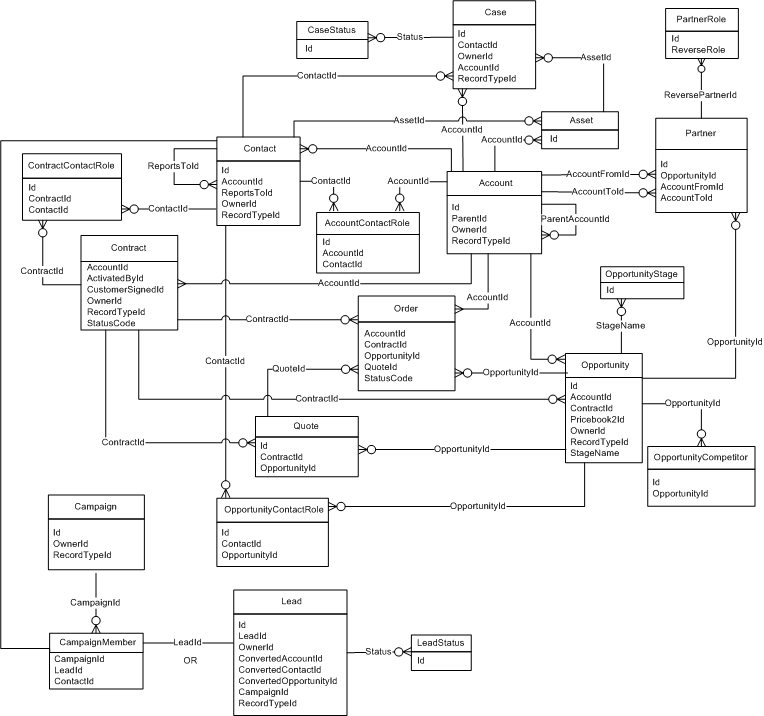
How to connect to your Salesforce Sandbox environment with Tableau Online:
Step 1: Sign in to Tableau Online
Step 2: Create New Workbook:

Step 3: Connect to Salesforce
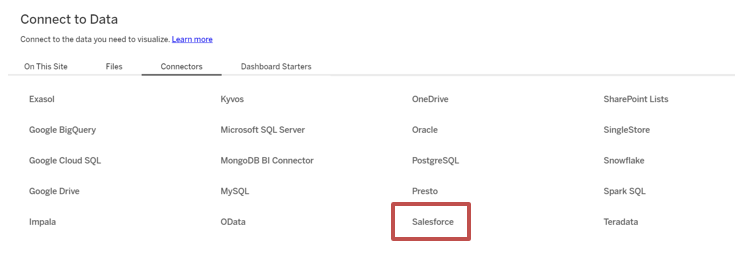
Step 4: Sign-in to Salesforce
- Use a custom domain to sign in; a custom domain is a link to your Salesforce Sandbox environment.
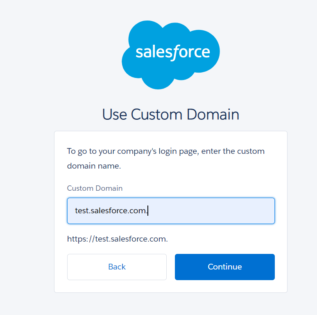
- Use your Salesforce login to sign-in, and allow access
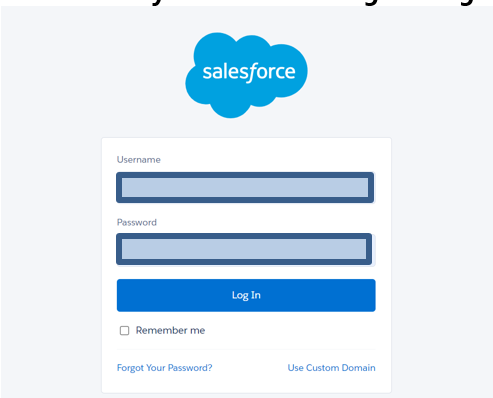
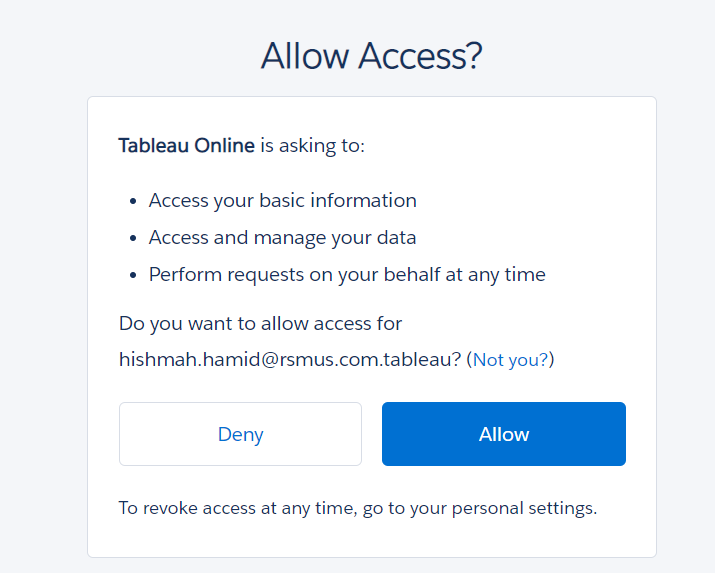
Step 5: Create connections between tables
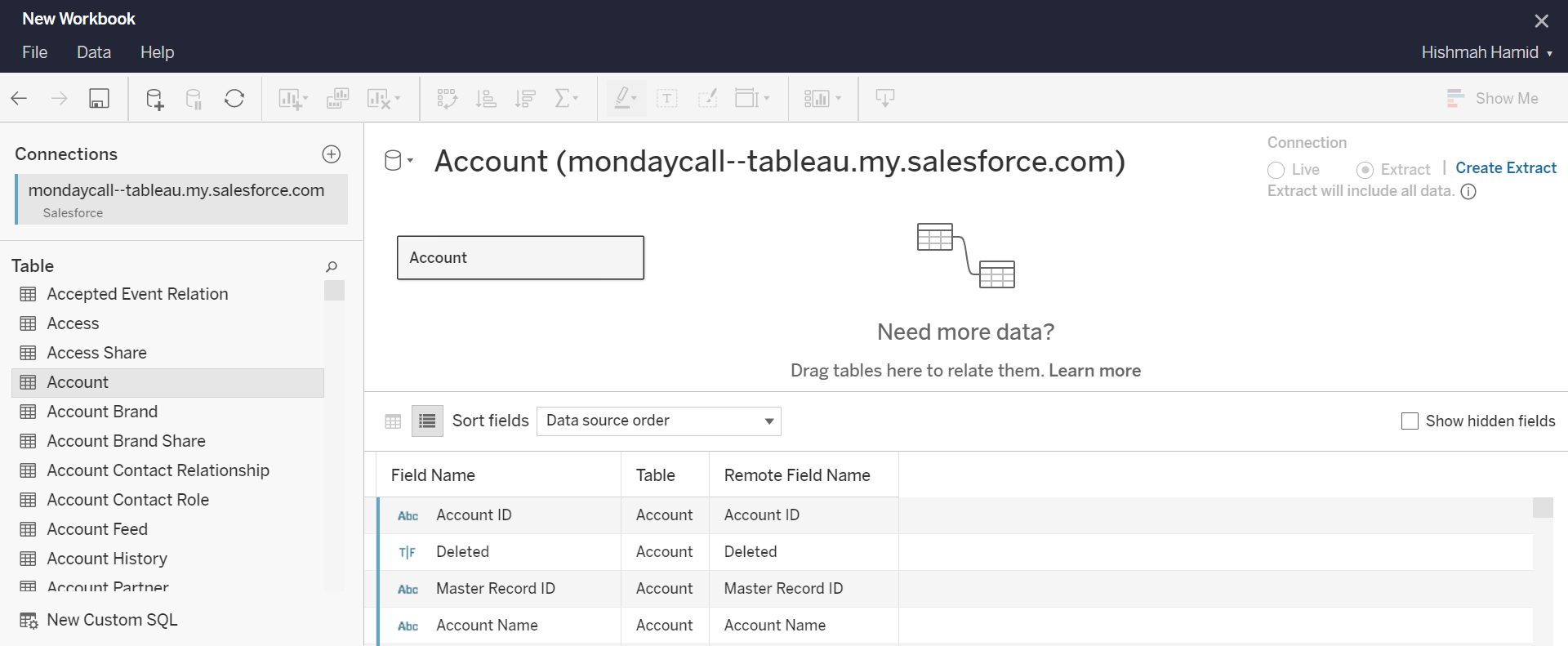
Step 6: Proceed to create visuals as you would in Tableau
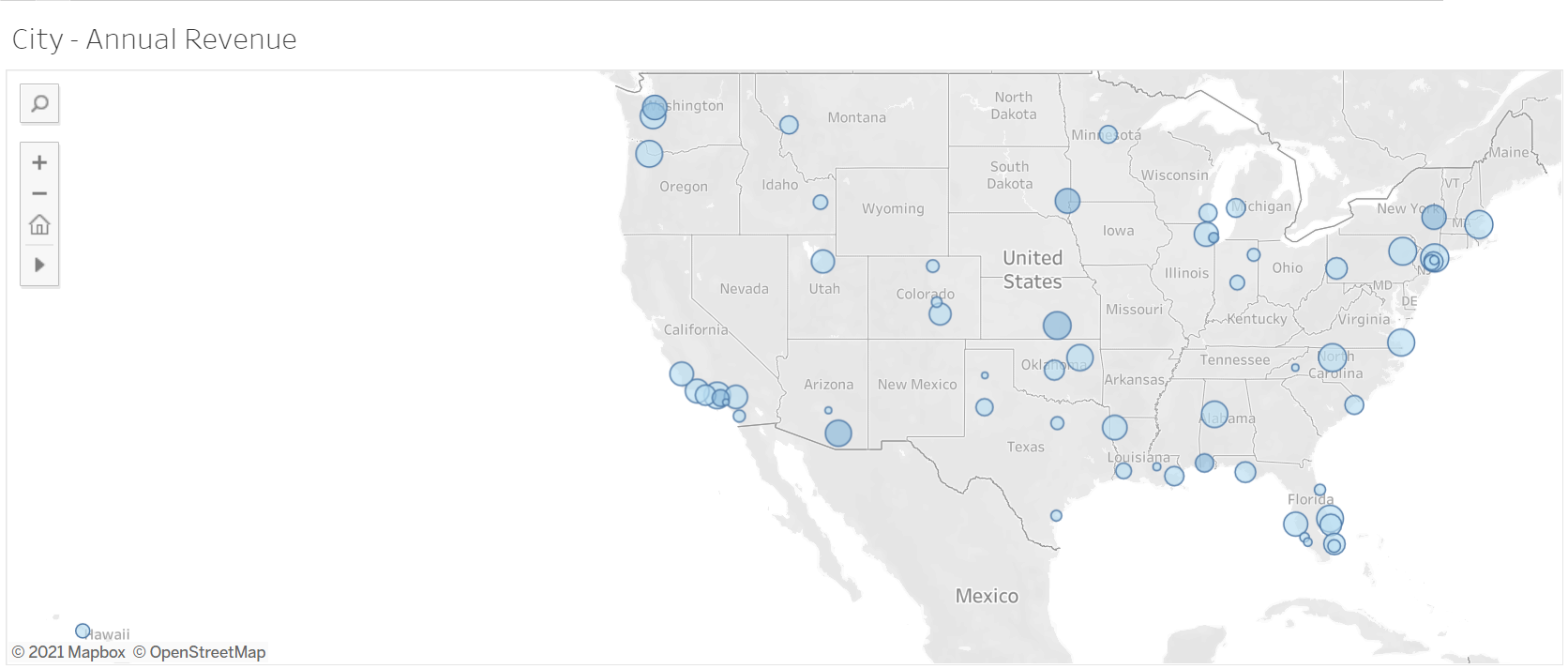
Embedding a Tableau viz into Salesforce
The use of a Tableau Viz Lightening component in Salesforce makes it easy for any user to integrate visualizations right into Salesforce pages. One can copy and paste the embedded URL of your viz, stay in the flow of your work by using the in-context filtering on record pages, and also define your own filter based on the information on a record page.
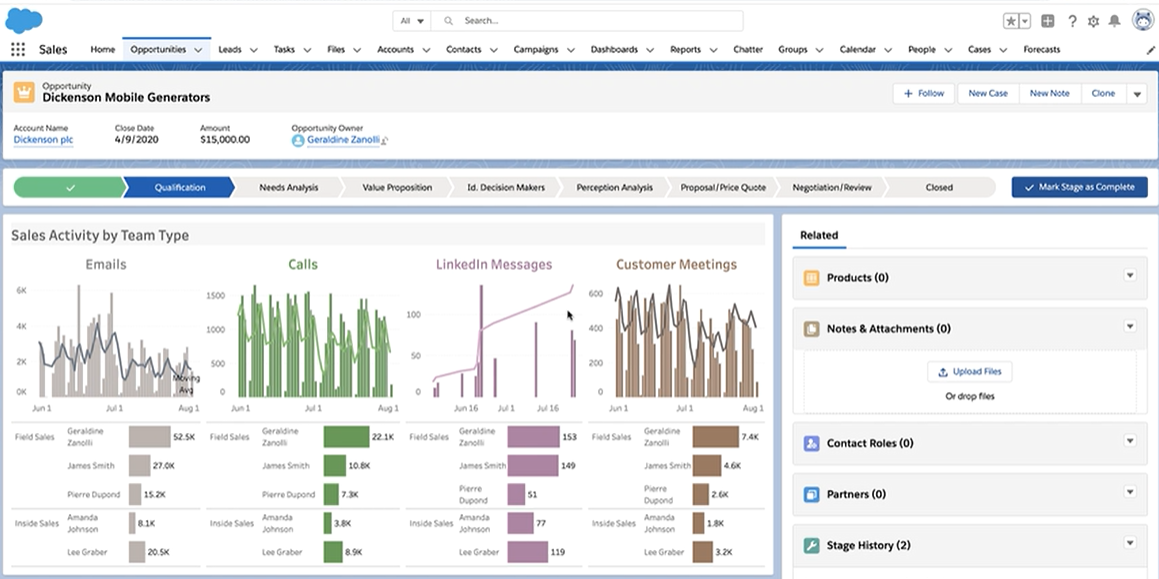
Steps of embedding a Tableau viz in Salesforce:
Step 1: Install Tableau Viz Lightening (link)
Step 2: Drag and drop the viz in any Salesforce page, and paste the embedded URL of a Tableau viz. You can embed visualization from Tableau Online, Tableau Server, or Tableau public.
Step 3: Control the look of the feel of the viz by changing height, tabs, and toolbar options.
Another helpful tool to utilize is Tableau CRM, a CRM-embedded analytics solution that provides actionable insights and AI-based predictions for CRM users, allowing them to make smarter decisions and be more productive while staying in their CRM workflow.
In conclusion, Salesforce and Tableau are both very powerful tools and when used together can help businesses run their processes more efficiently. It is crucial to understand the importance of these tools and how they can be used alongside each other to assist with better decision-making.
To learn more about how RSM can support your Salesforce and Tableau needs, please visit our website, call 800-274-3978, or contact us.

 RSMUS.com
RSMUS.com